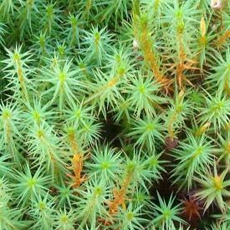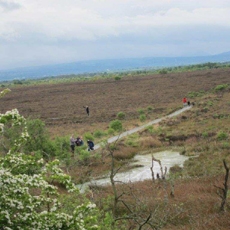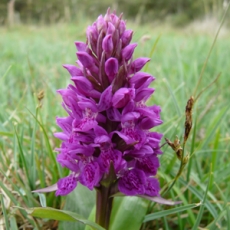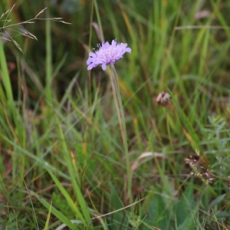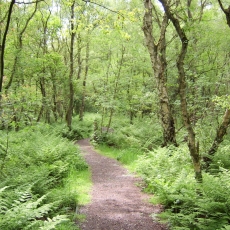Plants, Flowers and Fungi
There are so many different environments along the Solway Coast Area of Outstanding Natural Beauty that it means a vast array of plants can grow here.
From the varying dune conditions that range from the strandline, through to the fixed dunes at the rear, as well as the marshes and the raised peat mires, it’s a haven for many different species.
Numerous wildflowers exist on the marshes and the dunes because of the grazing both by livestock and wildfowl. The sand dunes are an important breeding site for the rare natterjack toad, which can only survive where the dune grasses are kept short, either by grazing, cutting or erosion.
The raised mires are rare and wonderful places packed with mosses and insect-attracting plants and flowers. Across England, lowland bogs have been steadily declining for centuries, mainly due to human influence. About 94% of Britain’s raised bogs have been lost or damaged in the last 200 years.
The bogs are fascinating places for the nature lover with a mix of strange colours, weird plants and rare insects. Look out for the bright red sundew plant, which has sticky leaf pads to catch and eat insects. Find oddly shaped lichens, such as the cup lichen and the red tipped matchstick lichen which look like they are straight from the pages of a fairy tale.
Inland, the plantlife becomes more about agriculture. In the small fields, many of which date back to medieval times, there are raised stone or earth banks on which hedges are laid. They provide a great habitat for wildflowers which otherwise would not be able to survive in cultivated fields
Flowers are funny things – some are bright and colourful and designed to attract insects, which feed off the nectar then become covered in pollen which they transfer to other plants as they travel about. Other plants use the wind to pollinate – something the Solway Firth isn’t short of – so they have drab and inconspicuous flowers which don’t attract the bees, butterflies and moths.


